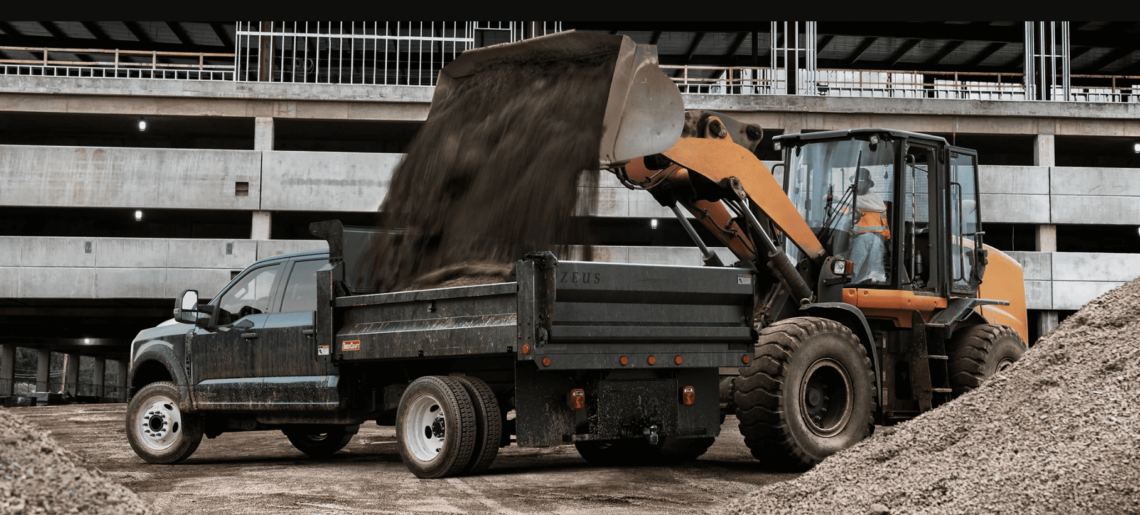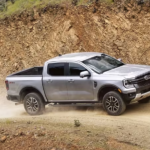When you’re browsing Ford commercial trucks, there are several factors to consider, including whether you should spring for a DRW truck. Also called dual rear-wheel or “dually” trucks, these models have several advantages over other vehicles, but also situations where they aren’t as helpful. Learn about the DRW / dually pros and cons on Ford commercial trucks at Kearny Mesa Ford.
What Are DRW Trucks?
Dual rear-wheel trucks get their name from the pair of additional wheels on the rear axle, giving them six wheels overall. These trucks typically feature higher rear axle weights, enabling them to tow loads that wouldn’t be possible or wouldn’t be as safe with a traditional layout.
The Pros of DRW Trucks
DRW trucks have plenty of advantages that your company will benefit from. There’s better traction with an additional set of tires gripping the road. Besides their higher axle weights, these trucks also have improved weight distribution, and tend to handle better at full towing or hauling capacity.
The Cons of DRW Trucks
While the advantages are clear for many drivers, there are also some drawbacks to address. Because there are two more wheels and tires to consider, maintenance costs will be slightly higher. Also, DRW trucks aren’t quite as maneuverable in tight spots as a comparable single rear wheel (SRW) truck, with the rear axle’s wider track width sometimes proving challenging on tight streets or alleyways. You may find they are also often stiffer at the wheel, especially when you don’t have a full load on hand.
Tour Ford Commercial Trucks in San Diego, CA
No matter what you need from a Ford commercial truck – extreme towing and hauling, efficiency, or unlimited upfit possibilities – you’ll find it at Kearny Mesa Ford. Get in touch today for a test drive, commercial truck financing, and answers to any questions you have about your fleet.






